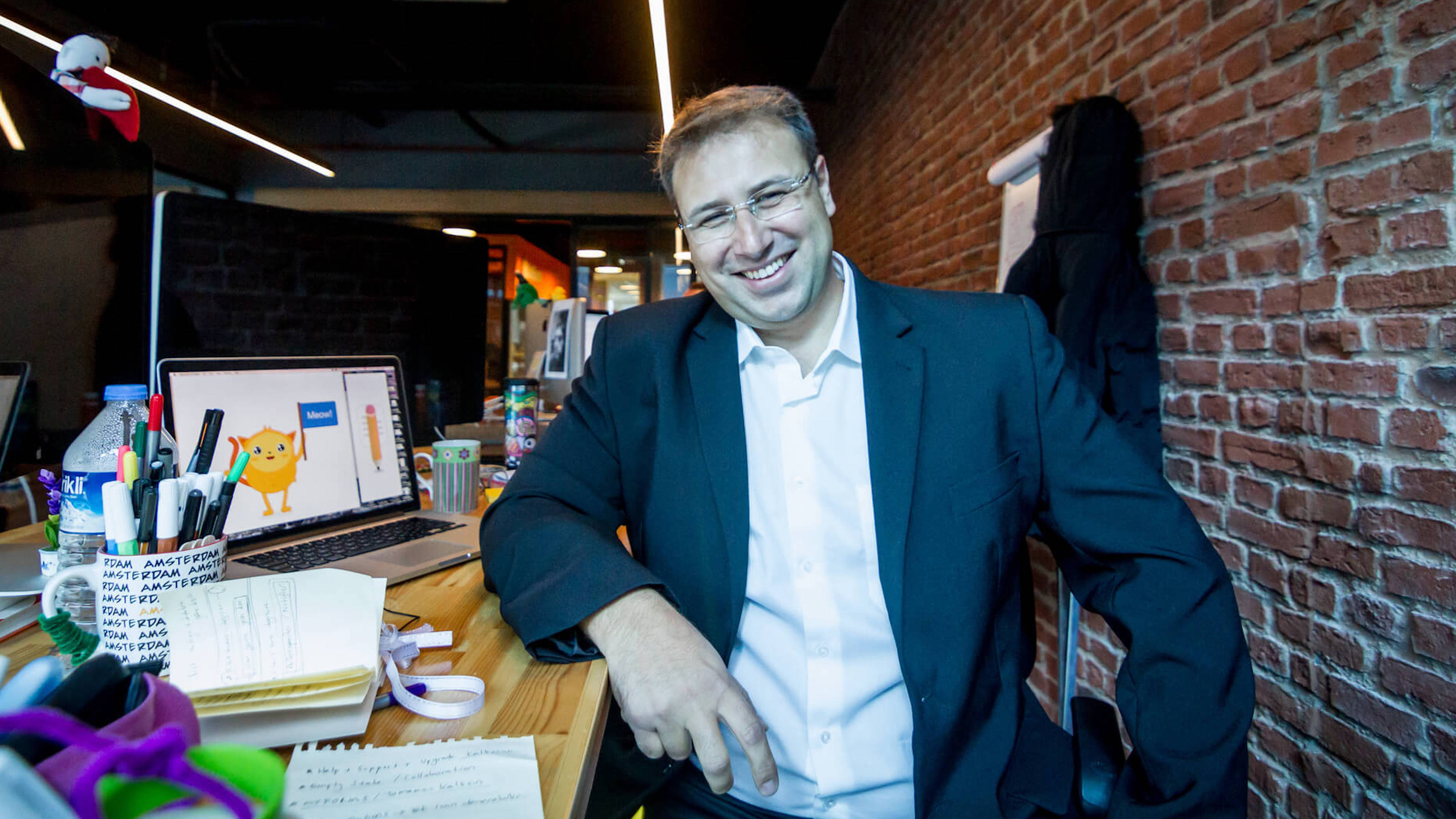A New Kind of Library

GUEST POST BY DANIEL MOORE
Next week, the University of Chicago, will open the Joe and Rika Mansueto Library. The library sits as an addition to the Regenstein Library, next to Henry Moore’s “Nuclear Energy” statue (place on the site of the world’s first nuclear reactor). From the outside, the new library appears to be a glass dome sitting on the ground. Inside this dome, visitors will find no book shelves and no stacks. Only reading tables in a reading room. It is what is beneath this room that makes the library interesting. Below this reading room is a vault where the books are bar-coded and stored in bins. Because the items are not meant to be browsed, they are not sorted by subject. They are sorted by size in order to maximize the efficient use of each bin. The volumes are searched for online and retrieved by cranes, then delivered to the researcher.
This library is meant to reflect how modern research is done. More space is available for computer based work. The automated search and retrieval system calls to mind searching and retrieving information on the web. So call it a hybrid library, combining the searching we do online in order to bring physical books.
From an operations point of view, it makes a lot of sense. No more worrying that an idle researcher has moved books around and placed them in the wrong place in the stacks. Time is saved in restocking the volumes and making sure they are in the proper place. The robots can serve that purpose. Every book is more easily retrieved, as they no longer require finding the right floor, section, and call number. Also, the books are stored in much better conditions than an open library typically allows. In terms of space, the idea is wonderful – because there is no need to leave room for browsing, 3.5 million volumes of print can be kept in a high density space.
It also brings with it a fundamentally different library experience for the researcher. Gone is the frustration of not finding the book that the system swears is exactly where you are looking. Gone is the having to sneak through dark corners of stacks and walk all over the library to find a single tome. However, also gone are the serendipitous encounters with texts surrounding the one you were looking for, guiding your research and interests in new directions. The rare book that is looked at only once a decade might become lost, never searched for and never seen, despite the insights it might provide.
The library is connected via a bridge to the Regenstein, merging the library of the future experience with the traditional library experience. With hope and some work, we’ll manage to keep the best aspects of both.
Daniel Moore is a Research Scientist at IBM and a Fellow at the Hybrid Reality Institute.





